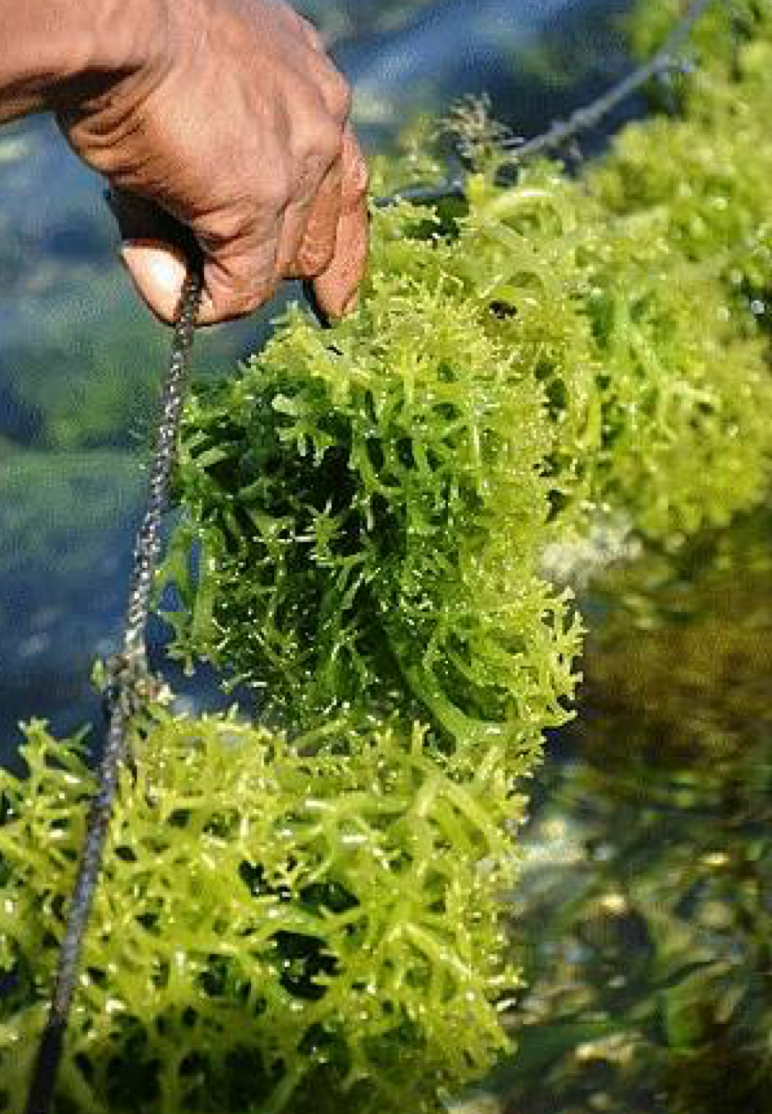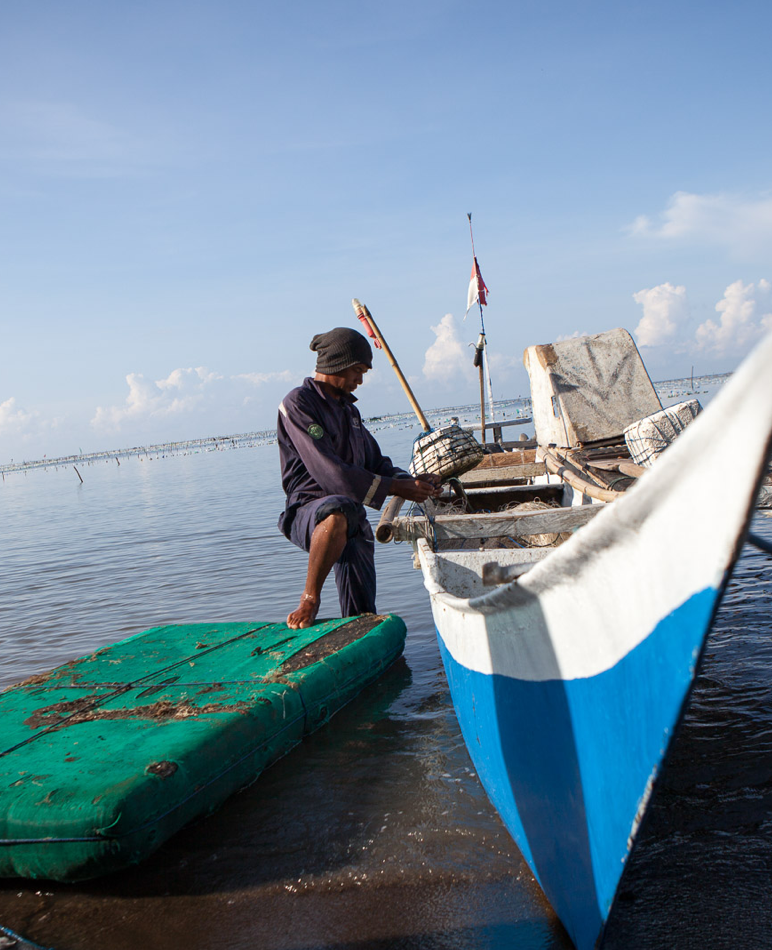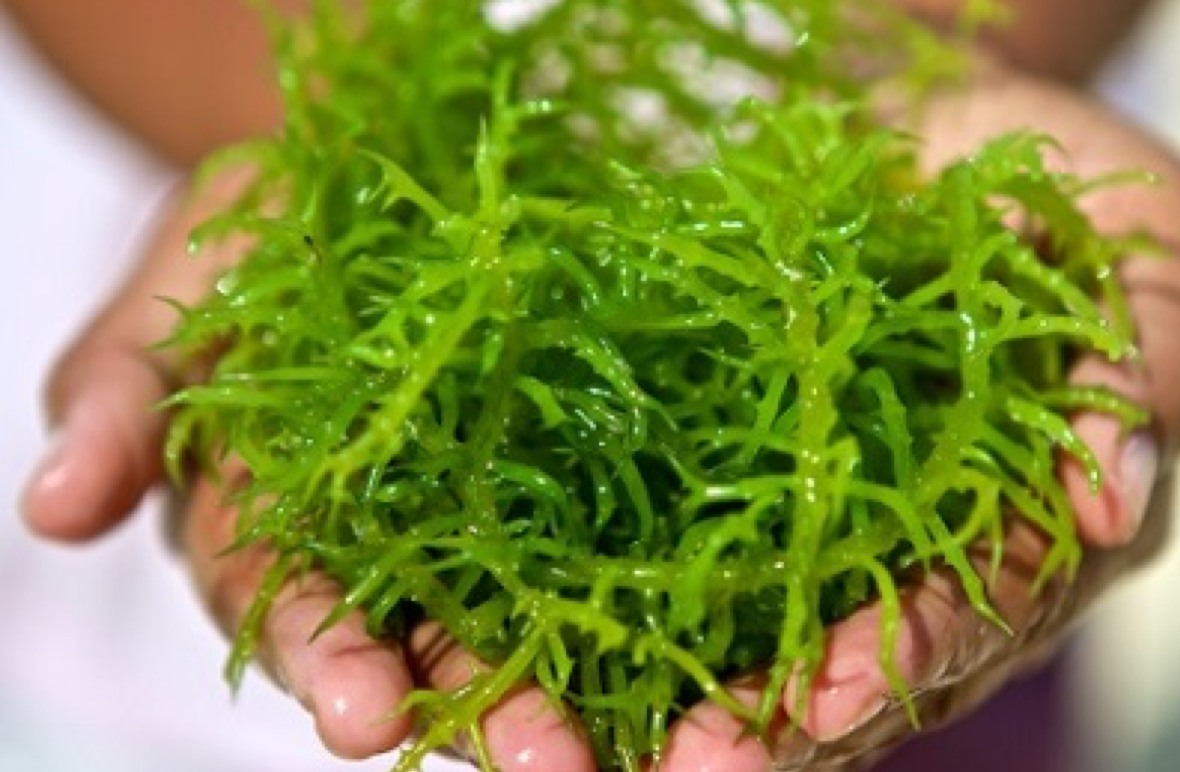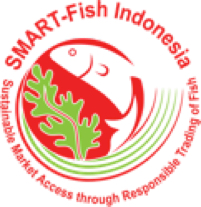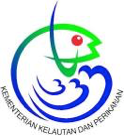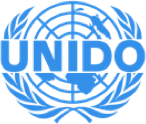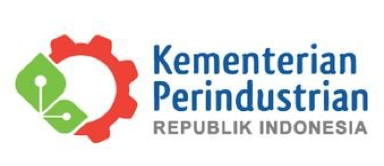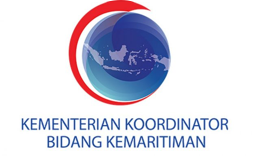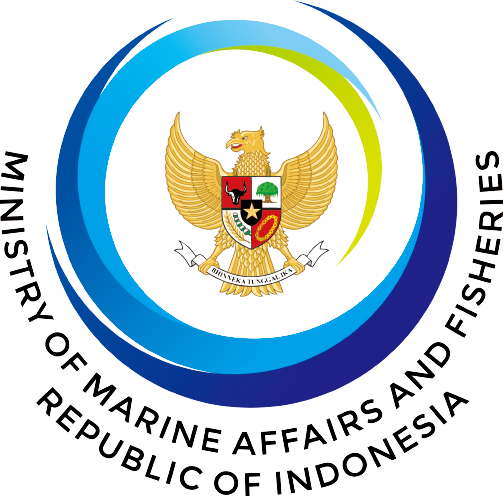Seaweeds is one of Indonesia’s potential marine commodities that contribute to the national revenue and
income for the local communities. In the last few years, Indonesia’s seaweed production ranked the highest
in aquaculture compared to the production of shrimp, grouper, snapper, carp, milkfish, tilapia and catfish
(According to the Ministry of Marine Affairs and Fisheries). As one of the largest seaweeds producers in
the
world, Indonesia plays an important role in seaweeds chain; however in terms of seaweeds research,
development and innovations, Indonesia somewhat left behind other countries. Investments in technology,
human resources as well as collaboration/networking among different institutes/universities/ministries are
still lacking. There are a lot of research and development (R&D) carried by different institutions in
seaweed value chain and the results are important to improve seaweeds innovation in Indonesia.
Public efforts in seaweed Research & Development and Innovation in Indonesia are scattered across a wide
range of research institutes and universities, with qualified staff, but usually not fully dedicated to
seaweed. While collaborations between institutions exist, it would be beneficial to increase the
interactions between these institutions to combine expertise and equipment under a more global strategy.
In parallel, it appears that interactions of public research with the industry are limited and focused
mostly on dissemination/transfer. An earlier involvement of industry partners in the research strategy
would
be beneficial to develop market-driven R&D and Innovation.
To address this, TSIN is established with full support from the government in particular the Ministry of
Marine Affairs and Fisheries, Coordinating Ministry of Maritime Affairs, The Ministry of Research,
Technology and Higher Education, the Ministry of Industry etc.
TSIN, with a broad governance, should be created to streamline and implement the national seaweed
strategy,
and to allow nation-wide coordination of research activities. Beyond its strategic and organisational
role,
it would also help reaching a critical mass to positively impact economic development.
